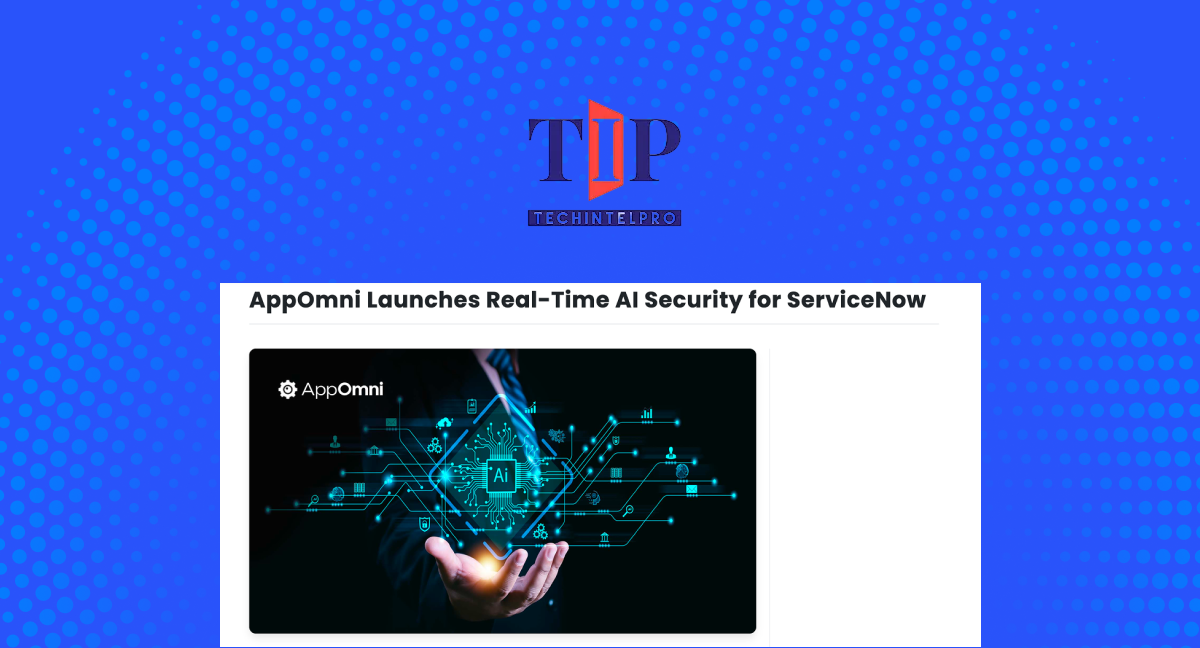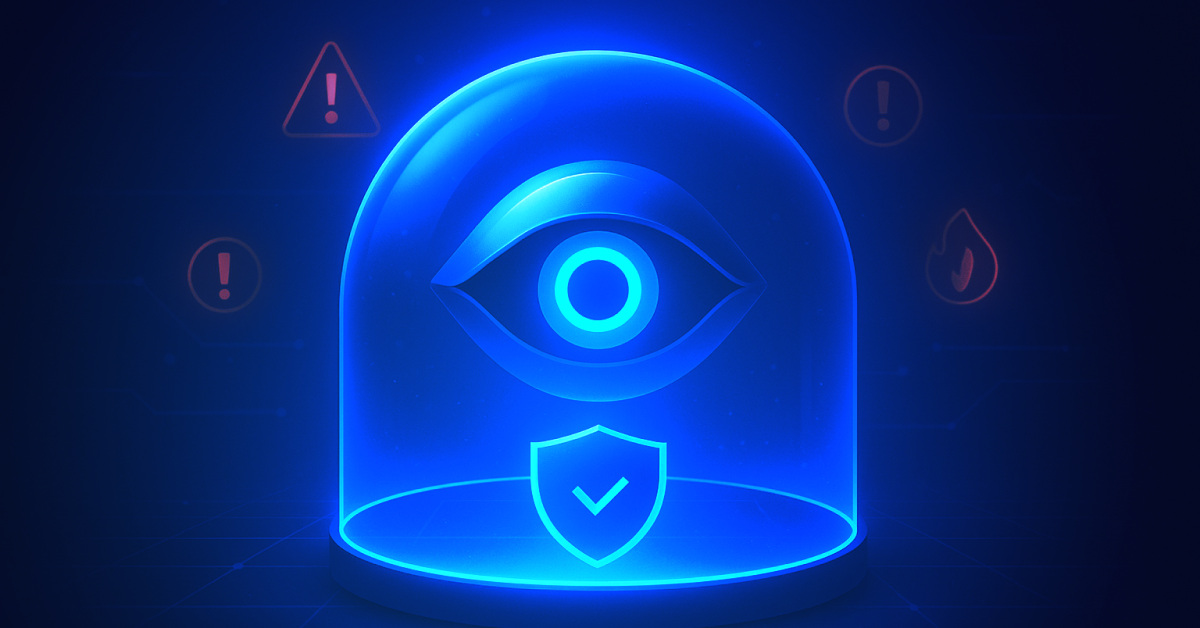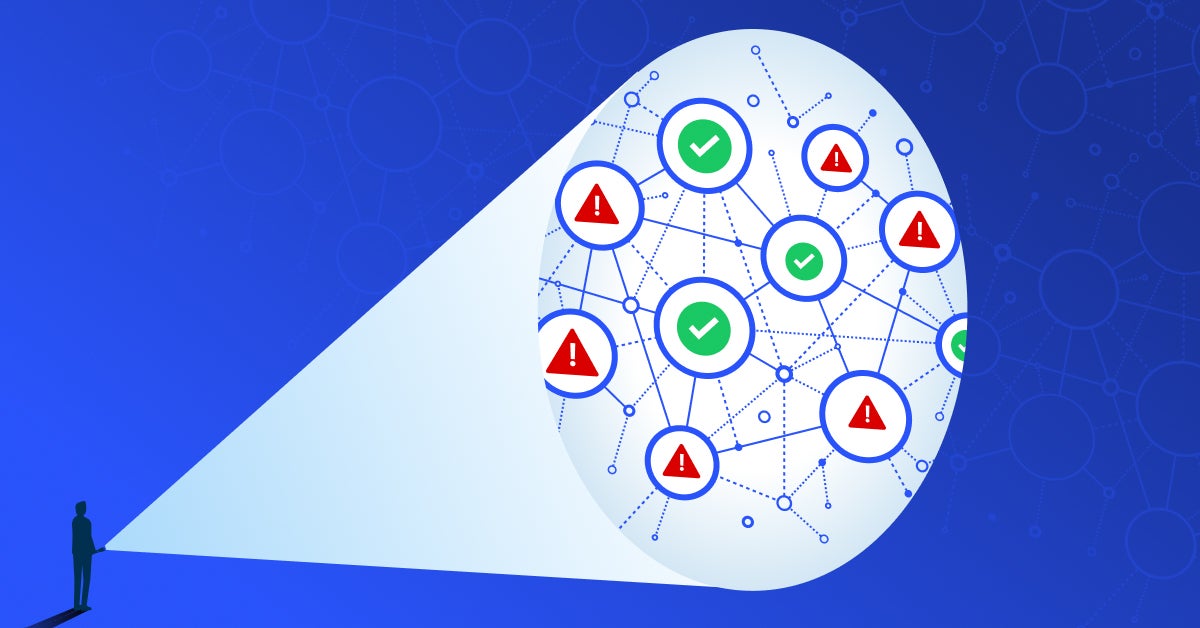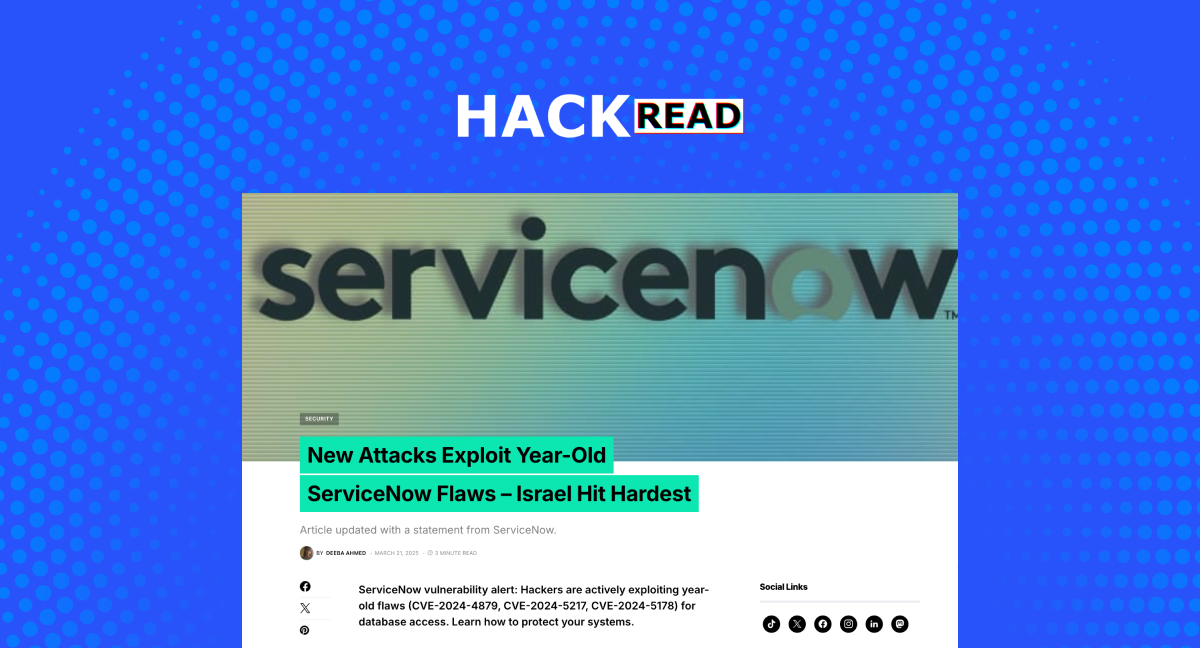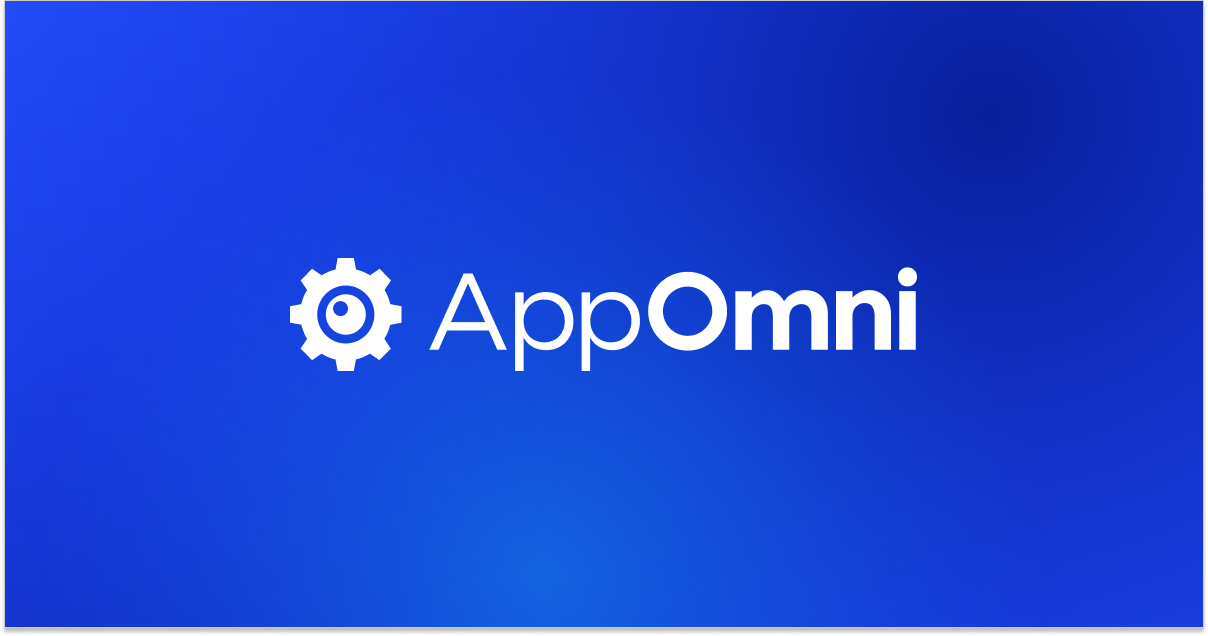ServiceNow
-
ServiceNow Agentic AI: What It Means for CISOs, SOC Analysts, SaaS Admins, and Developers
Agentic AI expands ServiceNow risk. Read why securing AI agents matters for CISOs, InfoSec, SOC, admins, and IT leaders.
-
AppOmni Launches Real-Time AI Security for ServiceNow
AppOmni launched AgentGuard, real-time AI security for ServiceNow’s Now Assist agents.
-
AppOmni Expands AI Security with Agentic AI Security for ServiceNow
See how AppOmni AgentGuard defends ServiceNow AI agents from prompt injection and access risks, building trust and compliance across platforms.
-
What SaaS Apps Are You Really Using? And Why It Matters (More on SaaS Discovery)
See what’s really running in your SaaS environment. AppOmni SaaS Discovery reveals shadow IT, AI tools, and third-party apps so security teams…
-
New Attacks Exploit Year-Old ServiceNow Flaws – Israel Hit Hardest
Aaron Costello, chief of SaaS security research at AppOmni, emphasized that the vulnerability was severe because it allowed unauthenticated access to full…
-
7 Proven Methods for Strengthening ServiceNow Security
Delve into vital Microsoft 365 security practices necessary for your business and discover how AppOmni can enhance the capabilities of Microsoft 365…
-
Comprehensive risk analysis: Inversion6 transforms client assessments
Understand how AppOmni’s comprehensive SSPM platform helped Inversion6 face their SaaS security challenges and gained enhanced security insights.
-
ServiceNow Security Handbook
Get a solid understanding of ServiceNow’s unique SaaS security risks and learn how to effectively mitigate them with this Security Handbook.
-
Enterprise ServiceNow Knowledge Bases at Risk: Extensive Data Exposures Uncovered
Read the blog to learn about ServiceNow’s Knowledge Base data exposure risks and how to mitigate these issues.
-
Strengthen SaaS Security Through Due Diligence
Download the Due Diligence Questionnaire for a comprehensive guide to understanding best security practices and monitoring SaaS applications logs.

